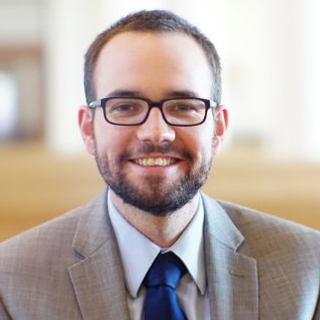
Recently CMS implemented one of the biggest overhauls to the SNF Five-Star Rating methodology since the program’s inception in 2008. Providers across the country logged on to Nursing Home Compare on Wednesday to find that their ratings had changed, and most not for the better.
Of those SNFs receiving a rating in April, 52.69% saw a change in their overall star rating, compared to just 0.76% in March. And of those, 36.83% lost one or more stars while only 15.86% gained a star. Taken at face value, these statistics seem to indicate a decline in quality. However, many SNF providers have actually improved their performance on a number of the program’s quality measures.
So what’s going on? Simply put, CMS has raised the bar, setting higher standards for above average ratings.
Why the Five-Star Rating Program matters so much
The Five-Star Rating program has grown in significance over time, to the point where a facility’s star rating is viewed by many as the foremost indicator of its quality. Patients and families gravitate toward nursing homes with higher ratings. Hospitals, health systems, and ACOs select higher rated facilities for their preferred provider networks.
CMS underscores the importance of the program by requiring at least three stars to take advantage of the 3-day rule waiver program, which allows patients to be discharged to a SNF after a short hospital stay or even directly from the community. A facility’s star rating is also a strong predictor of its financial health. CarePort’s own analysis, which is based on publicly reported data, shows that facilities with more stars tend to have higher occupancy rates and more favorable payer mixes.
What’s changed
Because star ratings are so meaningful, all SNFs should understand the program revisions. Here’s a rundown of the most important changes in each domain.
Survey Domain CMS has lifted the “survey freeze” it put in place in November of 2017 when it rolled out the new survey process and will include citations received under that new process in this month’s rating. The introduction of this new survey information has resulted in 49.17% of providers experiencing a change in their survey rating this month. Because CMS grades the Survey domain on a curve, there were an equal number of gained and lost stars across the industry. Having these more recent citations included in the calculation should make the rating a more useful measure of quality.
Staffing Domain CMS has increased the number of staffing hours per resident per day (HPRD) required for each level of stars. For example, to receive a five-star RN staffing rating in April, a provider needs to have an adjusted RN HPRD greater than or equal to 1.042, while in March that same rating could be achieved with an adjusted RN HPRD greater than or equal to 0.884. As a result, 33.65% of providers are losing one or more staffing stars. Providers should become familiar with the new staffing cut points to determine how close—or far away—they now are from achieving the next star.
Quality Domain The quality domain has arguably undergone the most impactful changes. In addition to the single comprehensive quality rating, Nursing Home Compare will now display two separate quality ratings for short-stay and long-stay patients. The new methodology also changes some of the measures that are used in the program and how they are weighted, with claims-based measures that require SNFs to track patients outside of their care settings being among the more heavily weighted. Such measures have become increasingly ubiquitous in CMS post-acute programming, so it’s well worth the effort for SNFs to work on monitoring patients post-discharge.
Focusing on the Quality Domain
Because the staffing rating is difficult to address without new funds for additional staff, and the survey rating is unlikely to change significantly until a provider’s next annual survey, the quality domain is a great place to start efforts that positively impact the overall star rating. For each of the 17 quality measures, providers can either score a total of 20 to 100 points or 15 to 150 points. More points translate into a higher quality rating, so improvement efforts should focus on understanding which measures are more heavily weighted and which measures a facility has the most room to score additional points on.
Based on these criteria, most SNFs will want to focus on the claims-based measures that follow patients outside the SNF care setting. Take, for example, short-stay readmission. The average provider is only scoring 80 out of a possible 150 points. Providers with similarly low scores should perform root cause analysis to understand why. The first step in that root cause analysis is determining where the readmissions are happening.
Are these readmissions occurring while the patient resides in your facility or shortly after being discharged into the community? If most of those issues are happening the day after the patient leaves the SNF, this may indicate a problem with the discharge planning process. An equally important reason to focus on the claims-based measures is that these are the ones that matter most to upstream referral partners.
The value of real-time data
The challenge of this approach is the lag time between a patient event occurring and the claims data becoming available. To identify and reverse negative trends before they cause acute partners to reconsider referrals, SNFs need real-time patient data.
Continuous access to acute ADT feeds can help SNFs effectively monitor patient activity and demonstrate that their rates on readmissions, length of stay, and other key metrics are within acceptable ranges. The best way for SNFs that have lost stars to bounce back is to identify and work on the measures where they are weakest and take more ownership of their data stories. With this strategy in place, providers can thrive under today’s changes to the Five-Star Rating program, as well as the inevitable future changes to this ever-evolving program.
Thomas Martin is the Director of Post-Acute Analytics at CarePort Health.





